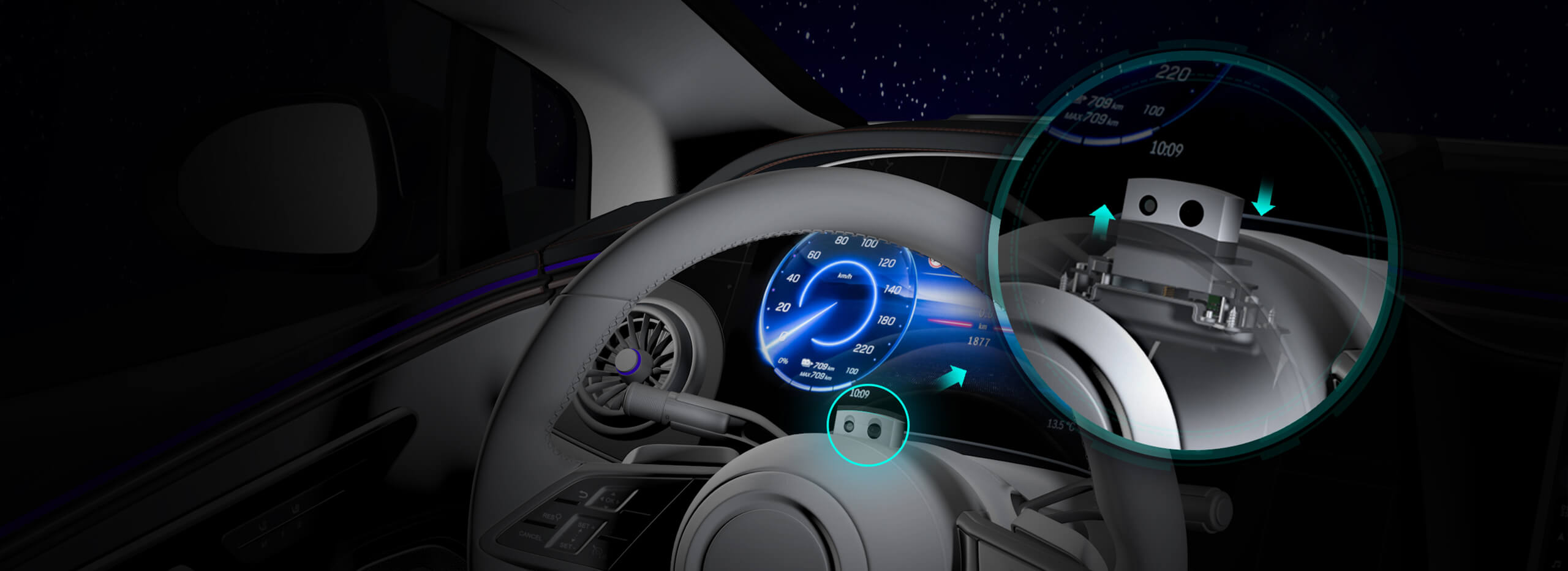Sure! Here's the first part of a compelling, attractive soft article on "Stepper Motor with Gears for Robot Arm."

In the ever-evolving world of robotics, one element stands out for its remarkable ability to merge precision, power, and adaptability: the stepper motor with gears. As robotics ventures into more intricate and demanding applications, from delicate surgical procedures to rugged industrial automation, the choice of the right motor setup can mean the difference between mere functionality and extraordinary performance.
At the heart of this technological leap are stepper motors—compact, reliable, and inherently precise. Unlike traditional DC motors that rely on feedback systems to determine position, stepper motors operate by dividing a full rotation into countless small steps. This intrinsic property makes them naturally suited for applications that demand accurate control over movement, such as robotic arms. They can position the arm’s joints precisely where needed, move smoothly from point A to point B, and hold positions steadily without slipping, thanks to their design and control methods.
However, despite their impressive inherent qualities, stepper motors alone sometimes face limitations when it comes to handling heavier loads or achieving specific torque requirements. Enter gears—an age-old solution refined with modern engineering to amplify a motor’s torque, modify speed, and enhance mechanical advantage.
Gears in robotics are not merely about power transmission; they’re about creating synergy. When a stepper motor is coupled with the right gear train, it transforms into a much more versatile actuator capable of handling heavier loads, achieving finer control, and operating more efficiently. This marriage of a stepper motor and gears is like giving robotic limbs a muscular upgrade, enabling them to perform more complex, demanding tasks with grace and precision.
The principle behind using gears is straightforward but ingenious. Gears can change the output speed and torque of the motor, depending on their gear ratio. For robotic arms, this means the motor can operate at manageable speeds while generating sufficient torque at the joints or end-effector. For example, a gear ratio of 10:1 can reduce the motor's rotational speed tenfold while increasing its torque tenfold—a vital feature when the robot needs to lift or manipulate objects with precision and strength.
The types of gears used in these setups vary widely—from spur gears that serve for simple power transmission to planetary gears for high torque and compact design, to worm gears for specific locking applications. The choice depends on the robot's intended function, size constraints, and performance needs.
One of the key advantages of integrating gears with stepper motors in robot arms is enhanced precision. Gears can facilitate micro-movements, allowing the robotic arm to make extremely fine adjustments. This is especially useful in applications such as micro-assembly or surgical robots, where even the slightest positional error could be costly or dangerous.
Moreover, the gear ratio can be customized to suit particular tasks, giving engineers a flexible toolkit to optimize the robot's performance. For delicate tasks requiring high precision and low speed, a high gear ratio can provide the necessary control fidelity. Conversely, for applications that involve fast, powerful movements, a lower gear ratio can be employed, ensuring swift responses without sacrificing torque.
Another benefit is increased durability and energy efficiency. Gear trains distribute the mechanical load more evenly, reducing stress on the motor itself. This means the stepper motor can operate within safer limits, prolonging its lifespan and reducing maintenance needs. Additionally, with gears handling more of the workload, the motor consumes less power for the same output, making robotic systems more energy-efficient—an important consideration in large-scale automation and remote operations.
Crafters of robotic arms also appreciate the modularity that comes with gear-enabled stepper motors. Many modern systems allow for interchangeable gear sets, enabling quick adaptations for different tasks. Need a robotic arm for precise assembly? Swap in a high-ratio gear for finesse. Move to heavier lifting? Reduce the gear ratio to generate more torque. This flexibility leads to more agile production lines and versatile robotic solutions.
Despite their numerous benefits, integrating gears isn't without challenges. Gear backlash—small unwanted movements between gear teeth—can affect positional accuracy, especially in high-precision tasks. However, advances in gear design, such as high-precision gear manufacturing and backlash compensation techniques, have minimized these issues.
In summary, the combination of stepper motors with gears represents a cornerstone in modern robotic arm design. This tandem harnesses the best of both worlds: the precise, repeatable movement of stepper motors and the mechanical advantage provided by engineering gear systems. Together, they unlock new levels of sophistication and capability in robotic applications, opening doors to innovations across industries—from aerospace to healthcare, automotive to consumer electronics.
As we look ahead, ongoing technological advancements promise even more refined gear systems and smarter control algorithms, pushing robotic arms to perform tasks once thought impossible. For anyone excited about the cutting edge of automation, understanding and harnessing the power of stepper motors with gears is an essential step toward the future of robotics.
I'll prepare the second part shortly!
Kpower has delivered professional drive system solutions to over 500 enterprise clients globally with products covering various fields such as Smart Home Systems, Automatic Electronics, Robotics, Precision Agriculture, Drones, and Industrial Automation.




































